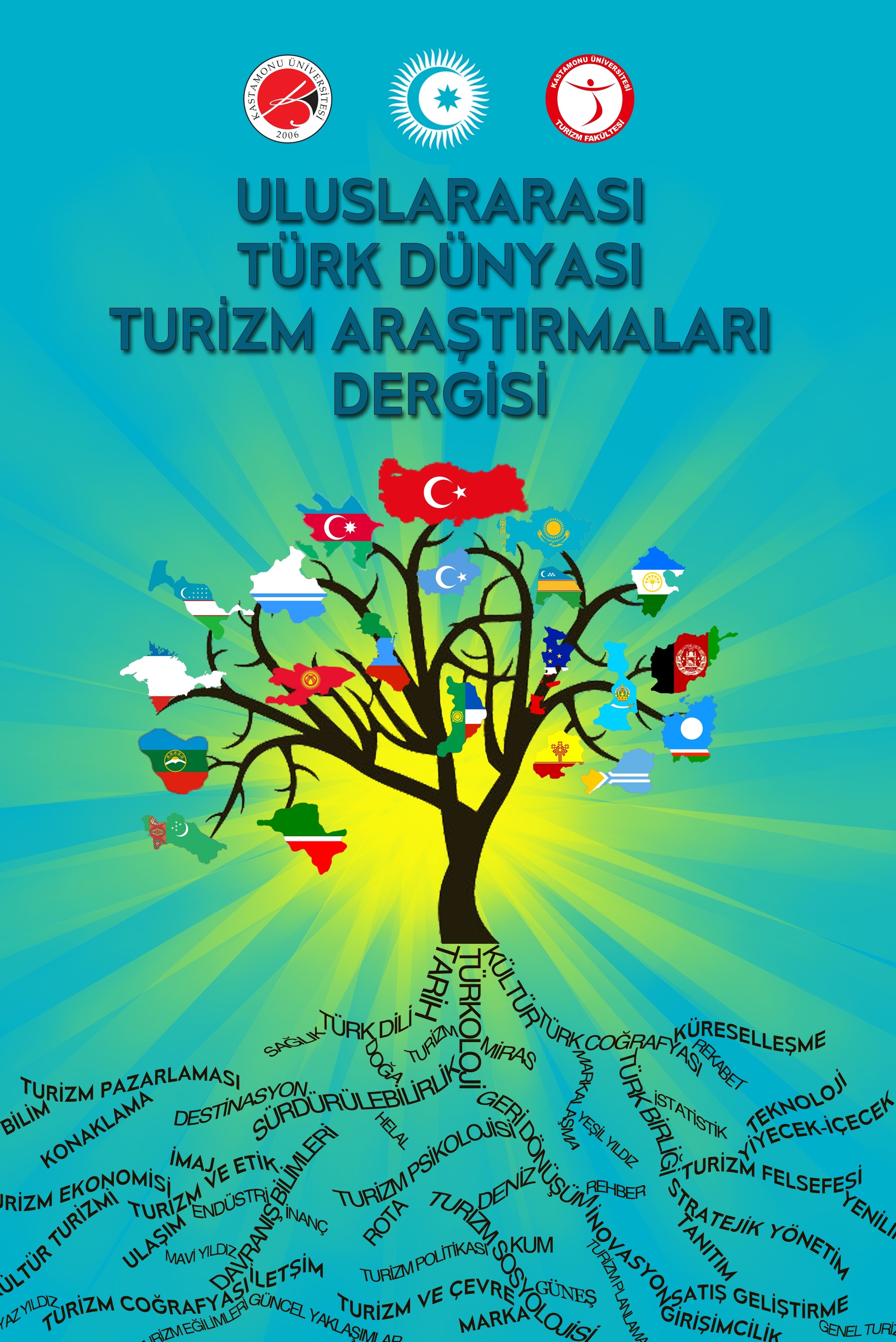Aşırı Yemek Yapma Korkusu (Mageirocophobia) Ölçeği’nin Geliştirilmesi
korku, aşırı yemek yapma korkusu, korku ölçeği
Developing The Fear Of Overeating (Mageirocophobia) Scaleabstract
fear, fear of overcooking, fear scale,
___
- Ateş, B. (2014). Üniversite öğrencilerinin sosyal fobi ile başa çıkmalarında çözüm odaklı grupla psikolojik danışmanın etkisinin incelenmesi (Yayımlanmamış Doktora Tezi). Atatürk Üniversitesi, Eğitim Bilimleri Enstitüsü, Erzurum.
- Baumgartner, H., ve Homburg, C. (1996). Applications of structural equation modeling in marketing and consumer research: A review. International Journal of Research in Marketing, 13(2), 139-161.
- Becker, E. S., Rinck, M., Türke, V., Kause, P., Goodwin, R., Neumer, S., ve Margraf, J. (2007). Epidemiology of specific phobia subtypes: findings from the dresden mental health study. European Psychiatry, 22(2), 69-74, Erişim Adresi: https://www.cambridge.org/core/journals/european-psychiatry/article/abs/epidemiology-of-specific-phobia-subtypes-findings-from-the-dresden-mental-health-study/B6C1FD0DB451EDA2CD216BD4BA91A5F6
- Browne, M. W., ve Cudeck, R. (1992). Alternative ways of assessing model fit. Sociological Methods & Research, 21(2), 230-258.
- Büyüköztürk, Ş. (2017). Veri analizi el kitabı. Pegem Akademi. Cortina, J., M. (1993). What ıs coefficient alpha? An examination of theory and applications. Journal of Applied Psychology, 78(1), 98-104.
- Das, A., Holland, J., Flynn, V., ve Thapa, P. B. (2022). Deipnophobia: a case of social anxiety masquerading as eating ıssues. The Primary Care Companion for CNS Disorders, 24(2), DOI: 0.4088/pcc.21cr02987
- Franko, D. L., Shapiro, J., ve Gagne, A. (1997). Phagophobia: a form of psychogenic dysphagia a new entity. Annals of Otology, Rhinology & Laryngology, 106(4), 286-290, DOI:10.1177/000348949710600404
- Gupta, M. K. (2004). How to overcome fear. Pustak Mahal.
- Kahn, A. P., ve Fawcett, J. (2008). The encyclopedia of mental health. Infobase Publishing.
- Kline, R. B. (2011). Principles and practice of structural equation modeling. The Guilford Press.
- Legg, T., J. (2019). How to ıdentify and treat a food phobia. Erişim Adresi: https://www.healthline.com/health/cibophobia#complications.
- Marks, I. M. (2013). Fears and phobias. Academic Press.
- Rabadán, A., ve Bernabéu, R. (2021). A systematic review of studies using the Food Neophobia Scale: conclusions from thirty years of studies. Food Quality and Preference, 93, 1-18, DOI:10.1016/j.foodqual.2021104241
- Ridwan, R. (2015). Fobia, ragam dan penanganannya. At-Ta'lim, 6(6), 74-86.
- Schermelleh-engel, K., Moosbrugger, H., ve Müller, H. (2003). Evaluating the fit of structural equation models: Tests of significance and descriptive goodness-offit measures. Methods of Psychological Research, 8(2), 27.
- Tabachnick, B.G. ve Fidell, L.S. (2013). Using multivariate statistics (Sixth Ed.). Pearson.
- Tarrant, G. (2021). Fear of cooking: causes, symptoms, types, treatment. Erişim Adresi: https://psychotreat.com/fear-of-cooking.
- Ulusoy, K., ve Gülüm, K. (2009). Sosyal bilgiler dersinde tarih ve coğrafya konuları işlenirken öğretmenlerin materyal kullanma durumları. Ahi Evran Üniversitesi Kırşehir Eğitim Fakültesi Dergisi, 10(2), 85-99, Erişim Adresi: https://dergipark.org.tr/en/download/article-file/1494823
- Van Overveld, M., de Jong, P. J., Peters, M. L., van Hout, W. J., ve Bouman, T. K. (2008). An internet-based study on the relation between disgust sensitivity and emetophobia. Journal of anxiety disorders, 22(3), 524-531, DOI: 10.1016/j.janxdis.2007.04.001
- Wu, H. (2022). The roles of vegan meat in contemporary china. In 2021 International Conference on Social Development and Media Communication (SDMC 2021) (pp. 1266-1269). Atlantis Press, DOI: 10.2991/assehr.k.220105.233
- ISSN: 2587-1080
- Başlangıç: 2015
- Yayıncı: Kastamonu Üniversitesi
Alev SÖKMEN, Selda YORDAM, Aslı EREN
Aşırı Yemek Yapma Korkusu (Mageirocophobia) Ölçeği’nin Geliştirilmesi
Berre Zeynep UÇAN KAYAALP, Raşit BAKAN, Emre ÖZTÜRK, Erhan METİN, Ayla SOLMAZ AVCIKURT
Bozanın Türk Gastronomisindeki Yeri ve Önemi: Geleneksel Boza Üreticileri Üzerine Bir Araştırma
Is Tour Guiding Possible in Metaverse?
Üçüncü Yaş Turizmine Yönelik Algı Ölçeği Geliştirme Çalışması
Şükran KARACA, Esra ÖZKAN ÖNEM, Muhammed YILDIZ
Dijitalleşmenin Turizm Sektörüne Yansımaları ve Bölgesel Kalkınmaya Etkisi
